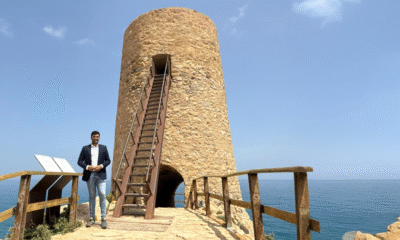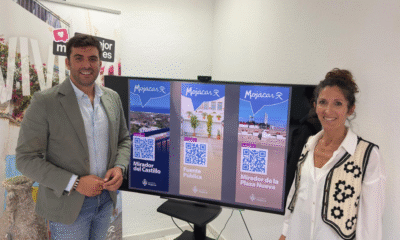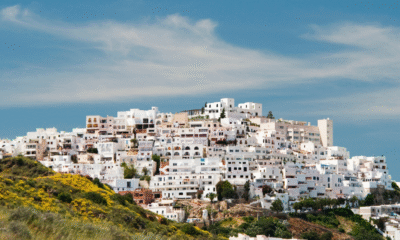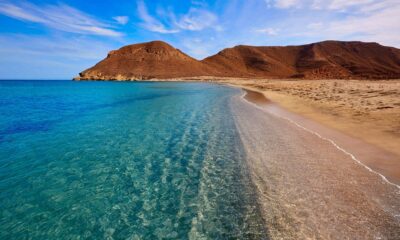Towns
Mojácar Shows Pupils at the Municipal Nursery School Their Mothers’ Professions to Mark International Women’s Day
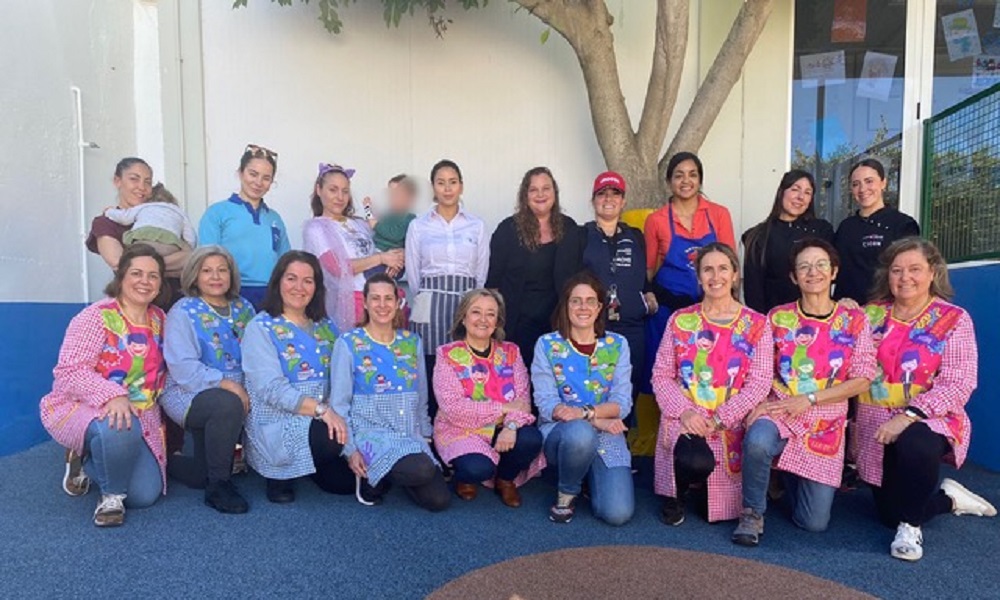
To mark International Women’s Day, the “Garabato” infants’ nursery school celebrated a day at its facilities to show the little ones the different professions followed in their family circle, and more specifically, by their mothers.
The idea was received with much excitement by the little ones and they had fun finding out, some of them for the first time, what their mothers do daily while they are at nursery school.
Every mother taking part prepared a table with the usual tools of their trade. In this way the very youngest could see what hairdressers, nurses, mechanics, cooks, pastry chefs, masseurs and piano teachers do, helping them with the necessary tasks for doing their job and learning how to do it.
A whole range of professions that the children have discovered through their mothers at the nursery school, and that gives them a different perspective of their mums and their social environment.
It so happens that some of the mothers who took part in the day were, in their day, pupils at the nursery school where their children are now taking their first steps in their academic and social life, returning to the classrooms, but now to show the new generations their working activity. It is also the case that some of the teachers were pupils at “Garabato”, where they are now educators and have their children at the centre, as were their parents also.
A long history of the Mojácar municipal nursery school, which now has several generations among its pupils, being a well-loved and respected institution in the municipality.
Raquel Belmonte, Mojácar Council’s Councillor for Children, described the experience as very positive, aiming to meet one of the centre’s most important objectives: “gaining knowledge of the environment at the stage of infant education means offering the children opportunities of experiencing affective situations and bringing them closer to their culture, interacting with their surroundings in an increasingly diverse way that will be of great use to them at the schooling stage and throughout their lives.”
The “Garabato” municipal nursery school has nine teachers who take care of the pupils. They have five classrooms at their disposal in which they divide the little ones according to age, from 16 months to three years old, at which time they enter the Bartolomé Flores Public School. Garabato is also one of the few nursery schools that has its own kitchen, guaranteeing the correct nutrition of all the little ones
City News
Mojácar Reinforces Its Position as a Destination of Excellence for Easter
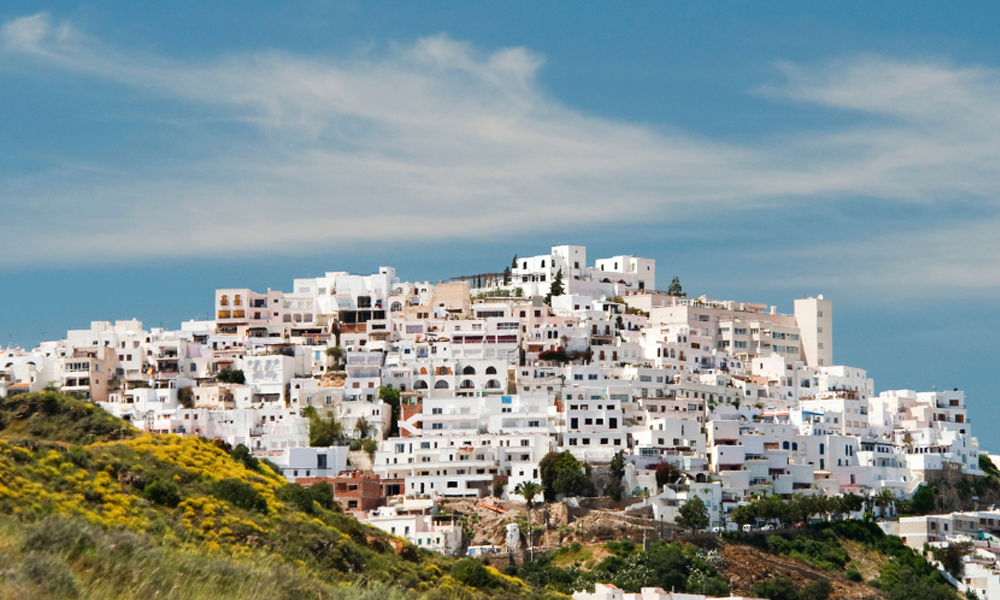
Mojácar is preparing for one of the busiest Easter Weeks in recent years, with a forecast of a very high hotel occupancy rate and many establishments near to full capacity.
The combination of tradition, culture, privileged climate and a quality tourism offer has once again made Mojácar one of the Mediterranean’s favourite destinations.
According to data gathered by the Tourism Department, many hotels will reach 90% and 100% occupancy on Maundy Thursday and Good Friday, and others will exceed 85% in their average bookings for the whole week.
At the same time, some recently opened accommodation and several tourist apartments are still offering availability, which represents an opportunity for last minute visitors.
In addition to the excellent tourist response, Mojácar presents a full Easter Week programme with religious and cultural events in the heart of the old town. The processions on Maundy Thursday and Good Friday will mark the most emotional moments, starting from the Santa María Church and going through the municipality’s most emblematic streets.
The spring-like weather will be another of the main attractions, with temperatures forecast to be between 22 and 25 degrees and no rain, ideal for enjoying both the religious events and the beach and open-air leisure.
The Local Council has activated a special mobility plan, reinforcing public transport between Mojácar Pueblo and Mojácar Playa for the enjoyment of both visitors and residents of the municipality
Francisco García, Mayor of Mojácar, has been very positive about the response from the tourism sector: “Easter Week once again positions Mojácar as one of the leading destinations in the Mediterranean. Our offer combines tradition, culture, beach and fine cuisine, and that translates into an almost full occupancy rate”.
Tourism Councillor María Gracia Alarcón highlighted the joint work that has made this success possible: “These figures are the result of coordinated work between Mojácar Council, business owners and tourism promoters. Mojácar offers much more than sun and beach, and increasingly more visitors are discovering it all year round, not just in summer.”.
With all these elements, Mojácar approaches an Easter Week marked by the high number of visitors, the quality of its tourism offer and the deeply-rooted nature of its traditions. The municipality thus reaffirms its commitment to a sustainable, welcoming and quality tourism model, consolidating itself as an essential destination not only in summer, but also at key times of year such as this Easter Week.
City News
Mojácar Dedicates a Plaza to Antonio Bonet Correo

Mojácar dedicates a plaza to Antonio Bonet Correo, a great figure in spanish art with a strong link to the municipality next Tuesday 15th of April at 5pm. Mojácar Council will pay tribute to the renowned art historian Antonio Bonet Correa, with the unveiling of this dedication in his memory and the official designation of the Plaza Antonio Bonet Correa, located in the Calle Salvia, a symbolic place next to the sea which from now on will bear his name.
Antonio Bonet Correa (1925-2020) was one of the great restorers of art historiography in Spain. An academic, professor and director of institutions such as the San Fernando Royal Academy of Fine Arts and the Madrid Museum of Contemporary Art, he introduced new ways of interpreting art, connecting it with architecture, sociology and critical thought. His legacy also included the defence of artistic heritage, research into the Andalucian Baroque and the promotion of new aesthetic trends.
His link with Mojácar dates back to 1965, when he arrived in the municipality accompanied by his family. He discovered the village thanks to the geographer Horacio Capel, and from then he maintained a deep connection with its people, its architecture and its surroundings. He was a regular in the municipality for decades, actively participating in its cultural life, chairing the Mojácar Art Courses and promoting the arrival of great artists to the municipality.
The Mayor of Mojácar, Francisco García Cerdá, highlighted that: “Antonio Bonet Correa was able to see in Mojácar not only its scenic beauty, but also its value as a meeting point between tradition and modernity. He was an essential pillar in the promotion and dissemination of art in our municipality. With this square, we leave a record of his mark on our history and our way of understanding culture.”
Pedro Bonet, professor of recorder and director of the Baroque Music Group La Folía, and Antonio Bonet Correa’s son, commented: “My father was a restorer of the history of art in Spain, and his dedication was tireless up until his death five years ago. We are very grateful to the Local Council for this gesture that recognises not only his figure, but that of all those pioneers who were committed to the culture and beauty of Almería.”
Mojácar Council invites residents and visitors to take part in this emotionally charged event, marking another step in the locality’s commitment to cultural memory, art and the figures who have contributed to its enrichment.
City News
The Art of Enjoying the Landscape by Decorating Benches
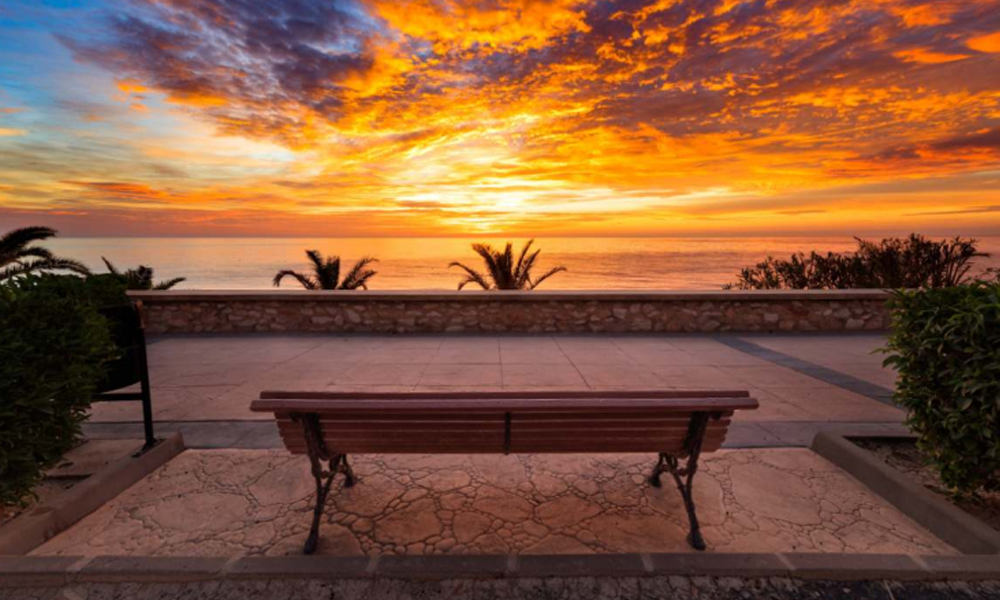
Mojácar announces the competition “SentArte”: The art of enjoying the landscape by decorating benches. Mojácar Council, through its Culture and Tourism Departments, has officially launched the SentArte: the art of enjoying the landscape competition, an artistic initiative aimed at transforming street furniture into authentic works of art that enrich the most beautiful corners of the municipality and, at the same time, serve as an additional tourist attraction to boost the arrival of visitors. A project to sit, look and feel.
The competition aims to select creative and original proposals for the decoration of wood benches, which will be installed in unique locations in Mojácar, forming a route where art and landscape go hand in hand. The intention is that each bench will be an invitation not only to sit down, but also to contemplate and appreciate the surroundings.
“SentArte is an invitation to experience Mojácar in a different way. We want locals and visitors to rediscover our landscapes through pausing, art and sensitivity. We believe in culture as a tool for social transformation and in creativity as an engine for local development,” stated the Mayor of Mojácar, Francisco García.
The Tourism Councillor, María Gracia Alarcón, stressed that “this project allows us to highlight unique corners of Mojácar that often go unnoticed. We want art to serve as a guide for discovering these small landscape treasures that we have and, at the same time, to support and showcase the talent of our local artists.
The competition is open to artists, designers, architects and creators in any discipline. Each participant may submit up to three original sketches. Each proposal must include a title and a brief conceptual explanation (maximum 150 words).
The theme of the designs is free, being a requirement that the materials used must be resistant to inclement weather and continuous use. The works must be adapted to the measurements and characteristics of the model bench selected by the Local Council (“Romantic” model, tropical wood and cast iron legs).
SentArte seeks to turn a stroll through Mojácar into a unique experience, where creativity and natural beauty come together in each decorated bench. An artistic itinerary that invites you to sit down, observe and connect with the surroundings.
The complete rules of the competition, as well as the deadlines and entry requirements, are available on Mojácar Council’s official website.
Because in Mojácar, art also sits and admires the view.
-
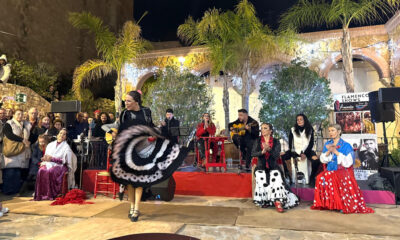
 City News6 months ago
City News6 months agoMojácar Shines as a Model for Christmas Tourism with its Zambomba Flamenca
-
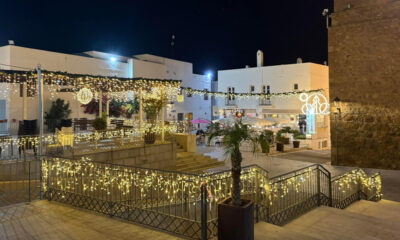
 City News7 months ago
City News7 months agoMojácar Launches its Unique and Innovative Christmas Soundtrack
-
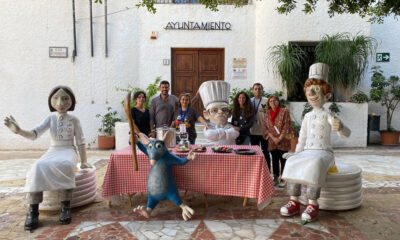
 City News8 months ago
City News8 months agoDisney Magic Takes Over Mojácar: Successful Third Edition of the Family Event
-
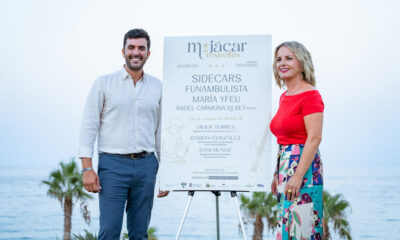
 City News11 months ago
City News11 months agoMojácar “Cinco Estrellas”: A new benchmark in Quality Tourism
-
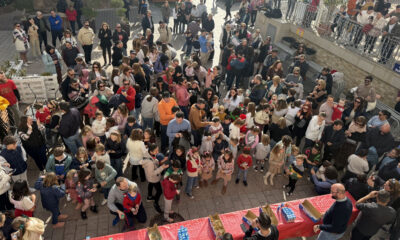
 City News6 months ago
City News6 months agoMojácar Says Goodbye to the Year With the Fifth Edition of its Children´s New Year´s Eve
-
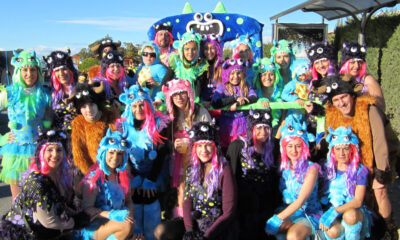
 City News4 months ago
City News4 months agoMojácar Ready to Celebrate Carnival 2025 with a Program Full of Color and Fun
-
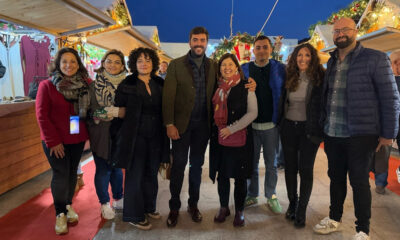
 City News6 months ago
City News6 months agoThe Mojácar Christmas Market Dazzles With its Spectacular Opening
-
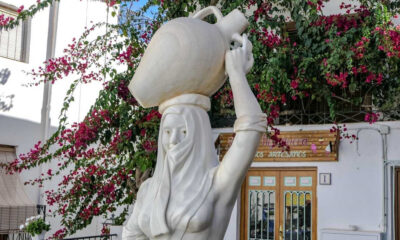
 City News10 months ago
City News10 months agoThe Mojácar Woman Sculpture Turns 35 Coinciding With the Saint Augustine Festivities

